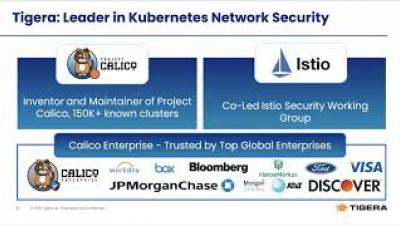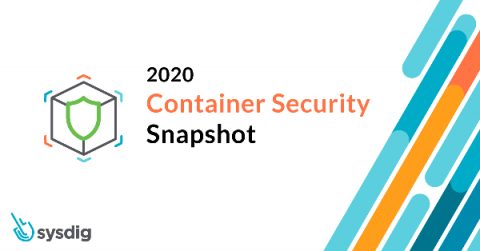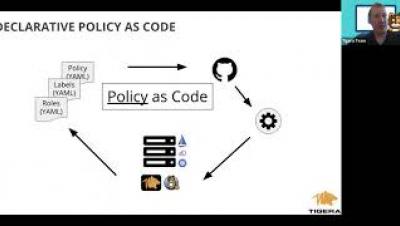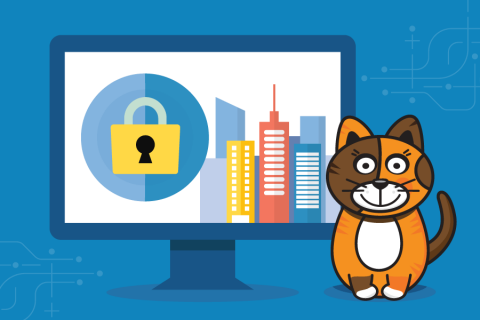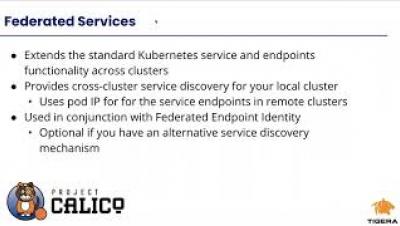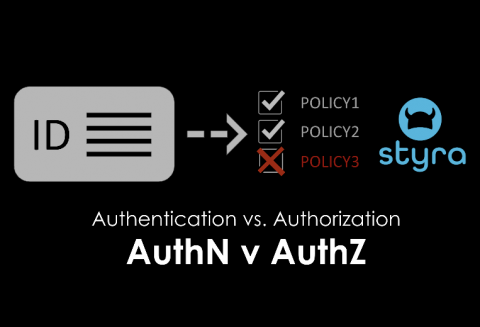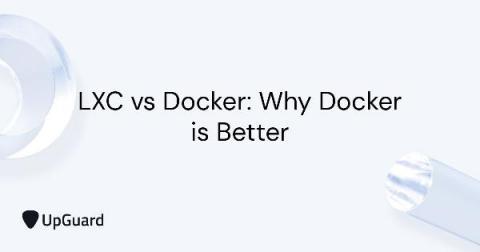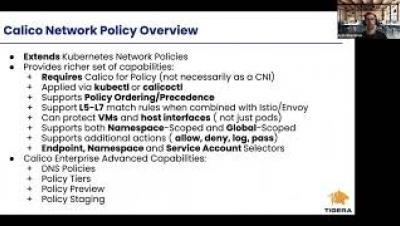Security | Threat Detection | Cyberattacks | DevSecOps | Compliance
Containers
Sysdig 2020 Container Security Snapshot: Key image scanning and configuration insights
Today, we are excited to share our Sysdig 2020 Container Security Snapshot, which provides a sneak peak into our upcoming 2020 Container Usage Report As containers and Kubernetes adoption continue to increase, cloud teams are realizing they need to adopt a new workflow that embeds security into their DevOps processes. Secure DevOps, a variation of DevSecOps, embeds security and monitoring throughout the application lifecycle, from development through production.
How to Implement Network Policy in Amazon EKS to Secure Your Cluster
Enforcing Enterprise Security Controls in Kubernetes using Calico Enterprise
Hybrid cloud infrastructures run critical business resources and are subject to some of the strictest network security controls. Irrespective of the industry and resource types, these controls broadly fall into three categories. Workloads (pods) running on Kubernetes are ephemeral in nature, and IP-based controls are no longer effective. The challenge is to enforce the organizational security controls on the workloads and Kubernetes nodes themselves.
Calico Enterprise Multi Cluster Management - Federated Identity and Services
Authentication vs. Authorization: Why we need authorization standards
I witnessed the transition from bespoke authentication to standards-based authentication. It’s time to do the same for authorization. Twenty years ago, almost everything in the IT world was on-premises: hardware and software, including the tools you used to verify who your users were and what they could do in your systems.
LXC vs Docker: Why Docker is Better
LXC (LinuX Containers) is a OS-level virtualization technology that allows creation and running of multiple isolated Linux virtual environments (VE) on a single control host. These isolation levels or containers can be used to either sandbox specific applications, or to emulate an entirely new host. LXC uses Linux’s cgroups functionality, which was introduced in version 2.6.24 to allow the host CPU to better partition memory allocation into isolation levels called namespaces .
Enterprise Security Controls for Kubernetes
Unified cloud-native authorization: Policy everywhere and for everyone
When we started Styra, we set out to rethink authorization and policy for the cloud-native environment. We knew that new risks and challenges would emerge as companies embraced the cloud and began using a whole new host of technologies and architectures for building applications. The constant changes and dynamic runtime of the cloud-native environment complicated matters even more.


